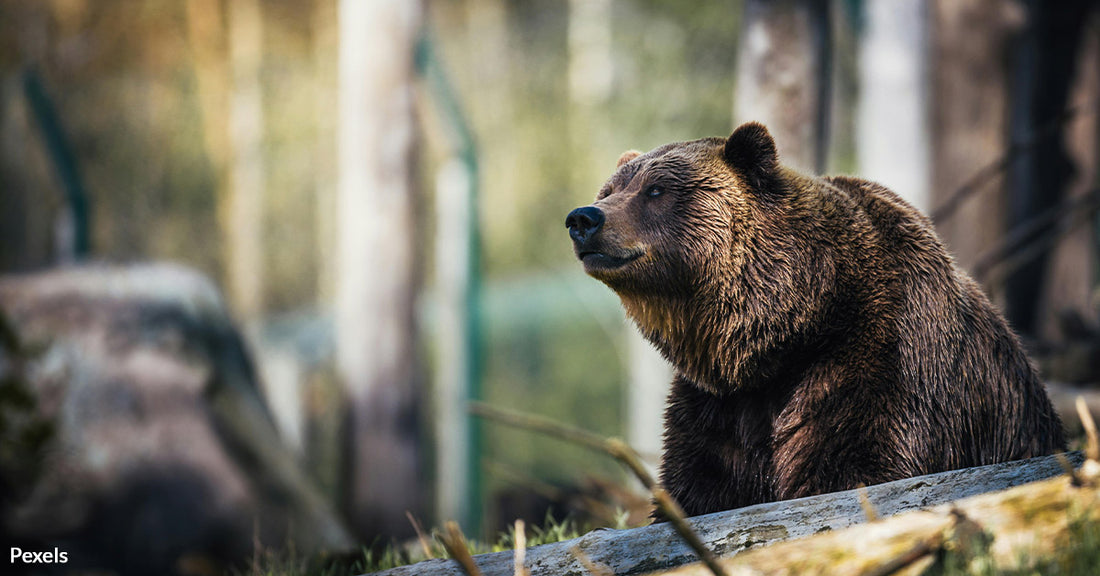Italian Town's Battle With Bears Escalates as Human Conflicts Surge
Matthew Russell
Pexels
In the picturesque regions of Trentino, Italy, the bear population has surged from a conservation effort initiated in 1999, aiming to reverse their near extinction.
Originally, Project URSUS hoped to stabilize at about 50 bears, but recent counts estimate around 100 bears now inhabit the area.
This increase has led to several human-bear conflicts, with some bears displaying problematic behavior such as aggressiveness or over-familiarity with human settlements.
 Photo: Pexels
Photo: PexelsTrentino, Italy, faces rising bear-human conflicts.
Incidents Leading to Heightened Tensions
Recent incidents have heightened tensions between the human and bear populations. A notable case involved a bear named JJ4, who, after attacking humans on multiple occasions, was ordered to be captured or killed, sparking widespread controversy and legal battles, reports Wanted in Rome.
These incidents underscore the challenges of managing a growing bear population in areas frequented by humans and highlight the complexities of wildlife conservation in populated regions.
 Photo: Pexels
Photo: PexelsAnimal rights groups strongly oppose the culling policy.
Government and Public Responses
The response from local government officials, particularly in Trentino, has been to authorize the culling of bears deemed a threat to human safety, The Guardian reports. This policy, however, has faced significant opposition from animal rights groups and has led to public protests and legal challenges. Critics argue that culling should be a last resort and advocate for alternative methods of managing bear populations that do not involve lethal measures.
Environmental Minister Gilberto Pichetto has expressed concerns about relying solely on culling, suggesting that it should only be considered when all other options have been exhausted. This stance indicates a division even within governmental ranks about the best approach to handle bear-human interactions.
 Photo: Pexels
Photo: PexelsPublic protests and legal challenges contest the culling orders.
Conservation Success and Its Complications
While the reintroduction of bears in Trentino is hailed as a conservation success, it has also brought unforeseen complications. The increased bear activity, including attacks on humans, has led to a fierce debate over how to ensure the safety of both the local community and the bear population, reports the Associated Press. The situation in Trentino mirrors a broader challenge faced in wildlife conservation: balancing human safety with the welfare of reintroduced species.
 Photo: Pexels
Photo: PexelsSustainable bear management requires government and community cooperation.
Searching for a Sustainable Solution
The debate continues on how to best manage the bear population while minimizing risks to human residents. Proposals include improving trash management to prevent bears from foraging in populated areas, creating better awareness programs about living in proximity to wildlife, and potentially relocating problematic bears rather than culling them, the BBC reports.
As bear numbers continue to grow, the need for a sustainable and widely accepted management plan becomes increasingly crucial. This plan must balance the ecological benefits of a thriving bear population with the safety and concerns of the human communities that share their habitat.
Click below and help take action for these majestic animals.
Matthew Russell is a West Michigan native and with a background in journalism, data analysis, cartography and design thinking. He likes to learn new things and solve old problems whenever possible, and enjoys bicycling, spending time with his daughters, and coffee.




















